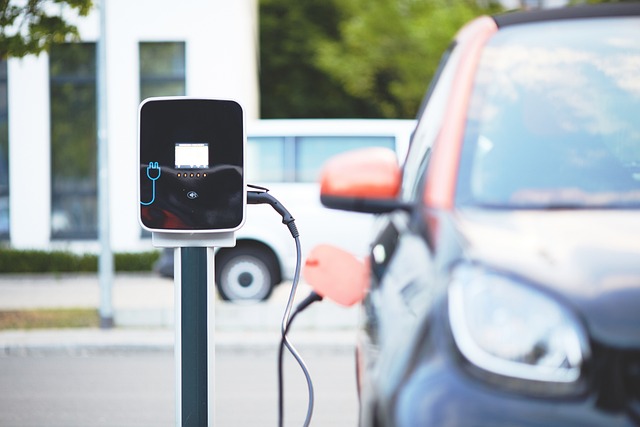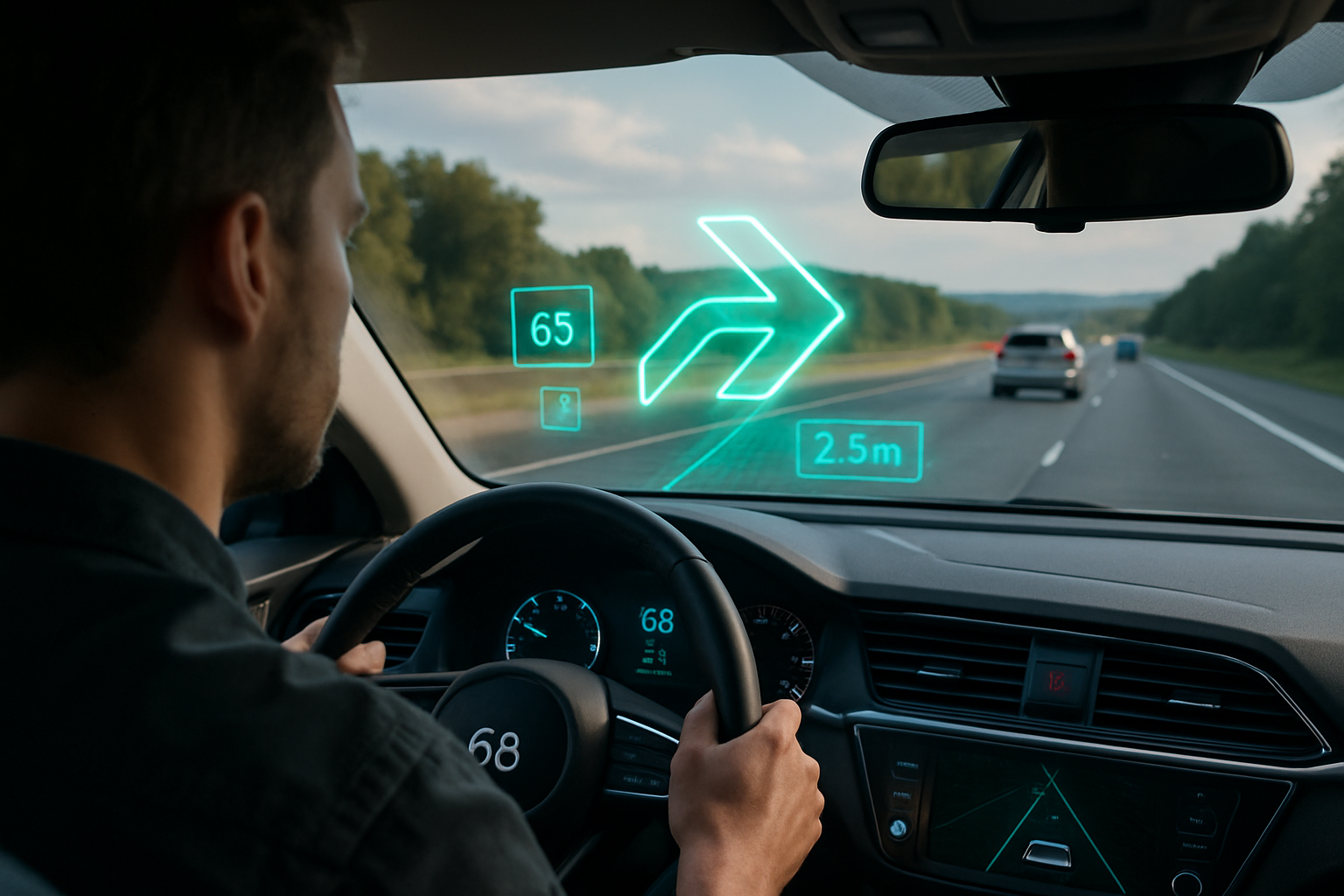Understanding Home Electric Vehicle Charging Solutions
As electric vehicles become increasingly common on American roads, understanding your home charging options is essential for convenience and cost efficiency. From basic Level 1 chargers to advanced Level 2 systems, the right setup can transform your EV ownership experience. This guide explores the various charging solutions available for residential use, helping you make informed decisions about installation, speed, and compatibility with your electric vehicle.

Electric vehicle adoption continues to grow across the United States, making home charging infrastructure a priority for many EV owners. Having a reliable charging solution at home eliminates the need for frequent public charging station visits and provides the convenience of starting each day with a fully charged battery. Understanding the different types of chargers, their capabilities, and installation requirements helps you choose the most suitable option for your household needs.
What Are Electric Vehicle Charging Levels?
Electric vehicle charging systems are categorized into three levels, each offering different charging speeds and power requirements. Level 1 charging uses a standard 120-volt household outlet and typically adds 3 to 5 miles of range per hour of charging. While this is the slowest option, it requires no special installation and works for drivers with minimal daily mileage. Level 2 charging operates on 240-volt circuits, similar to large appliances like dryers, and can add 25 to 50 miles of range per hour depending on the charger and vehicle specifications. Level 3 charging, also known as DC fast charging, is primarily found at commercial stations and is rarely installed in residential settings due to high power demands and infrastructure costs.
How Does a Level 2 EV Charger Work for Home Charging?
Level 2 chargers are the most popular choice for residential installations because they balance charging speed with reasonable installation costs. These units connect to a 240-volt circuit and deliver power ranging from 3.3 kW to 19.2 kW, though most home installations use chargers between 7.2 kW and 11.5 kW. The actual charging speed depends on both the charger output and your vehicle onboard charger capacity. For example, a vehicle with a 7.2 kW onboard charger will charge at that rate even if connected to an 11.5 kW charger. Installation typically requires a dedicated circuit breaker, appropriate gauge wiring, and a wall-mounted or pedestal-mounted charging unit. Many modern Level 2 chargers include smart features like WiFi connectivity, scheduling capabilities, and energy monitoring to help optimize charging times and costs.
What Makes an Electric Vehicle Charging System Fast?
Charging speed depends on several interconnected factors beyond just the charger power rating. The vehicle onboard charger capacity sets the maximum charging rate your EV can accept. Battery size also plays a role, as larger batteries take longer to charge fully even at higher power levels. The electrical service capacity of your home determines what charger power level you can support without electrical panel upgrades. Temperature affects charging efficiency, with extreme cold or heat potentially reducing charging speeds as battery management systems protect battery health. Additionally, charging from very low to very high states of charge takes longer than charging in the middle range, as charging systems slow down near full capacity to protect battery longevity.
Which Providers Offer Home Electric Vehicle Charging Solutions?
Numerous manufacturers produce residential EV charging equipment with varying features, power levels, and price points. When selecting a charging solution, consider factors like maximum power output, cable length, weatherproofing ratings, smart connectivity features, and compatibility with your specific vehicle. Some units offer adjustable amperage settings, allowing flexibility as your needs change or if you upgrade to a different EV model.
| Provider | Product Type | Key Features | Cost Estimation |
|---|---|---|---|
| ChargePoint | Level 2 Home Charger | WiFi enabled, scheduling, 23-foot cable | $500 - $700 |
| JuiceBox | Level 2 Smart Charger | App control, energy monitoring, 25-foot cable | $600 - $800 |
| Grizzl-E | Level 2 Charger | Weatherproof, adjustable amperage, durable | $400 - $500 |
| Wallbox | Level 2 Pulsar Plus | Compact design, Bluetooth/WiFi, power sharing | $650 - $750 |
| Tesla | Wall Connector | Tesla optimized, universal compatibility, sleek design | $400 - $550 |
Prices, rates, or cost estimates mentioned in this article are based on the latest available information but may change over time. Independent research is advised before making financial decisions.
Installation costs vary significantly based on your home electrical system, distance from the electrical panel to the charging location, local permit requirements, and labor rates in your area. Basic installations may cost between $300 and $800, while more complex installations requiring panel upgrades or extensive wiring runs can exceed $2,000. Many utility companies offer rebates or incentives for home charger installations, potentially offsetting some of these costs.
What Installation Considerations Should You Address?
Before purchasing a home charging system, evaluate your electrical panel capacity to ensure it can handle the additional load. Most Level 2 chargers require a 40 to 60-amp dedicated circuit. Determine the optimal charging location, considering factors like proximity to where you park, weather protection needs, and cable length requirements. Check local building codes and permit requirements, as most jurisdictions require electrical permits for Level 2 charger installations. Consider hiring a licensed electrician familiar with EV charging installations to ensure safety and code compliance. Additionally, investigate available federal, state, and utility incentives that may reduce your overall investment.
How Can You Optimize Your Home Charging Experience?
Maximizing the efficiency and convenience of home charging involves several strategies. Program your charger to operate during off-peak electricity hours when rates are typically lower if your utility offers time-of-use pricing. Set charging schedules to complete just before you typically depart, maintaining optimal battery temperature. Monitor your charging patterns through smartphone apps to track energy consumption and costs. Keep your charging equipment clean and inspect cables regularly for wear or damage. Consider weatherproof enclosures if your charger is exposed to harsh elements, and ensure proper ventilation around the unit to prevent overheating during extended charging sessions.
Home electric vehicle charging represents a significant convenience factor in EV ownership, providing reliable access to vehicle energy without dependence on public infrastructure. By understanding the different charging levels, evaluating your specific needs, and selecting appropriate equipment, you can create an efficient charging setup that serves your daily driving requirements while managing costs effectively. Proper installation by qualified professionals ensures safety and optimal performance for years of reliable service.




